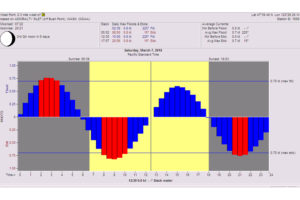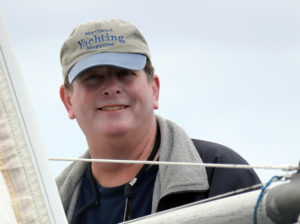![]() Finally, we get to start one of the best series on Puget Sound; The CYC Center Sound Series! The most popular race in the series in the Blakely Rock Race and unless they shorten the other courses, it will be at about 21 miles, the shortest of the series. The really great news is It looks like there will be about 76 boats out (with some new names)on what should be a truly spectacular day with a rare combination of wind, sunshine, and about 60° F, without wind chill.
Finally, we get to start one of the best series on Puget Sound; The CYC Center Sound Series! The most popular race in the series in the Blakely Rock Race and unless they shorten the other courses, it will be at about 21 miles, the shortest of the series. The really great news is It looks like there will be about 76 boats out (with some new names)on what should be a truly spectacular day with a rare combination of wind, sunshine, and about 60° F, without wind chill.


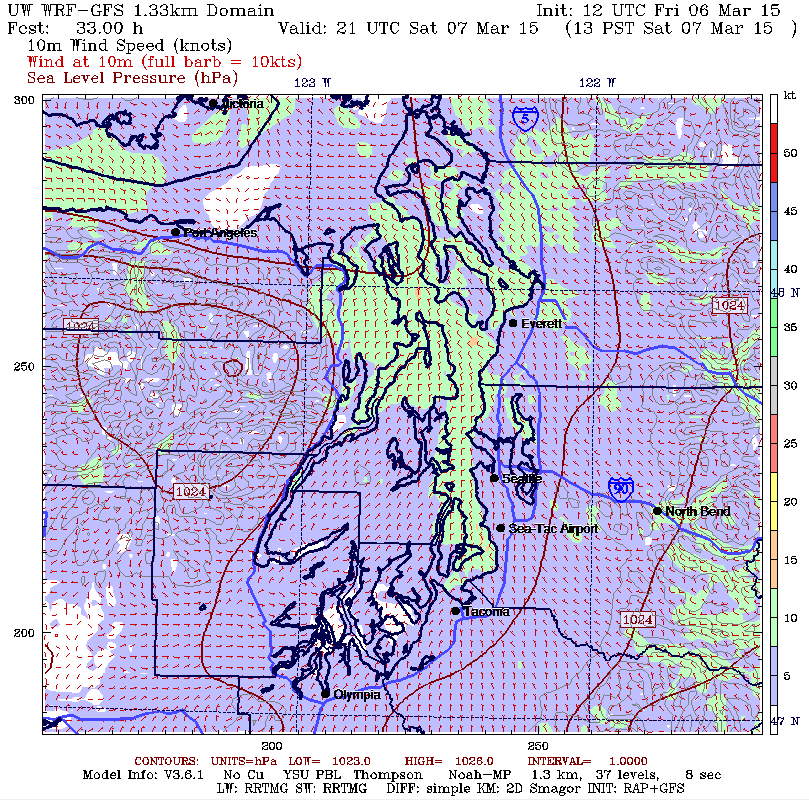
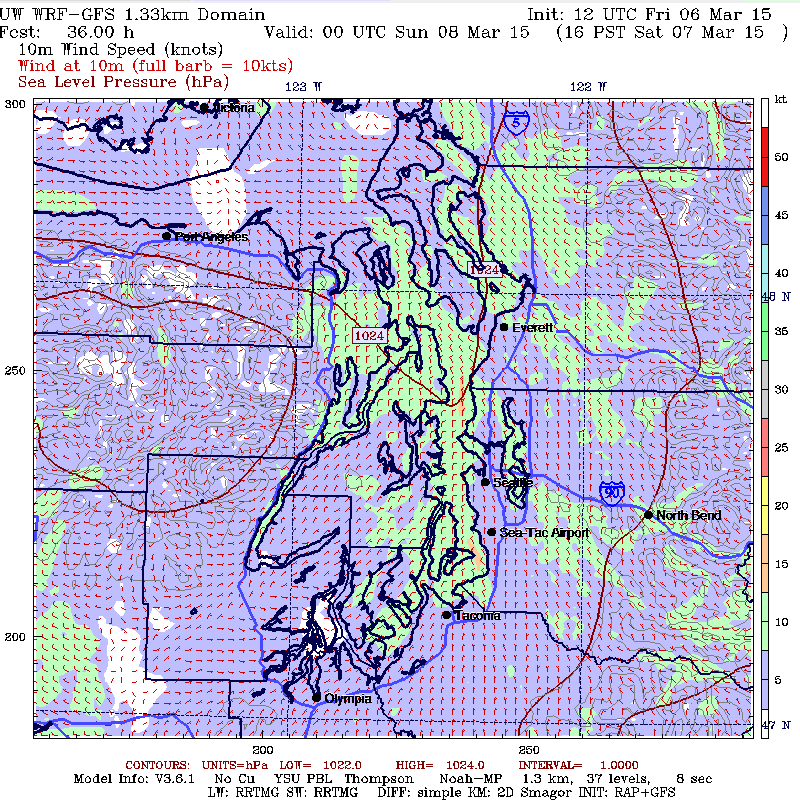
They haven’t posted class breaks yet however the first start will be at 1000 hrs which is about an hour after max ebb. So you’ll have a nice boost going up to the top mark which should be about a mile east of the Jeff Head VTS Buoy. The wind in the morning will be a bit light, say 3-5 knots however you should expect it to build over the course of the day. As you can see from the Surface Forecast Charts there is a 1031/1032MB High that will drift south over the Sound over the course of the day so you will want to plot the barometric pressure points in Bellingham, Seattle, and Portland to see what kind of gradient we’ll be sailing with and that could be the bad news. The good news is that this could be setting up the classic Swihart Effect which says that in the absence of a pressure gradient look for the northerly to fill down the Sound when the tide begins to flood which will be at about 1230. The sun will be heating up the land right from the start, there are plenty of dark colored trees and plants around to absorb the energy and start the air rising over the land, and especially with the concrete jungle they call Seattle. All of which should combine to produce a slowly building northerly over the course of the day. Keep your fingers crossed.
If CYC starts the race in its usual place, well off off Shilshole, the key will be to get a clear air start and stay in the ebb tide. The problem with these filling northerlies is that they tend to be lighter the closer you are to the beach, so watch that.
Your next challenge will be which way to go on the run to Blakely Rock. The flood starts first on the west side of the Sound so a starboard pole set may be in order however again don’t get too close to the Bainbridge shore. You should also every once and a while check the flag at West Point to see how much of an easterly component there is to the breeze. The reason for that is that is that if the northerly is late it tends back fill up the Sound on the east side first. So if it’s looking light to the west go ahead and find a place to gybe into clear air and aim towards West Point especially if the flag is showing a distinct easterly slant. If you go that way, at West Point you’ll be able to gybe to port and be headed right at Alki. You’ll hold that until you start to get lifted which will be near a line coming due west from Four Mile Rock. Then you’ll gybe to starboard and be aimed just high of Blakeley Rock.
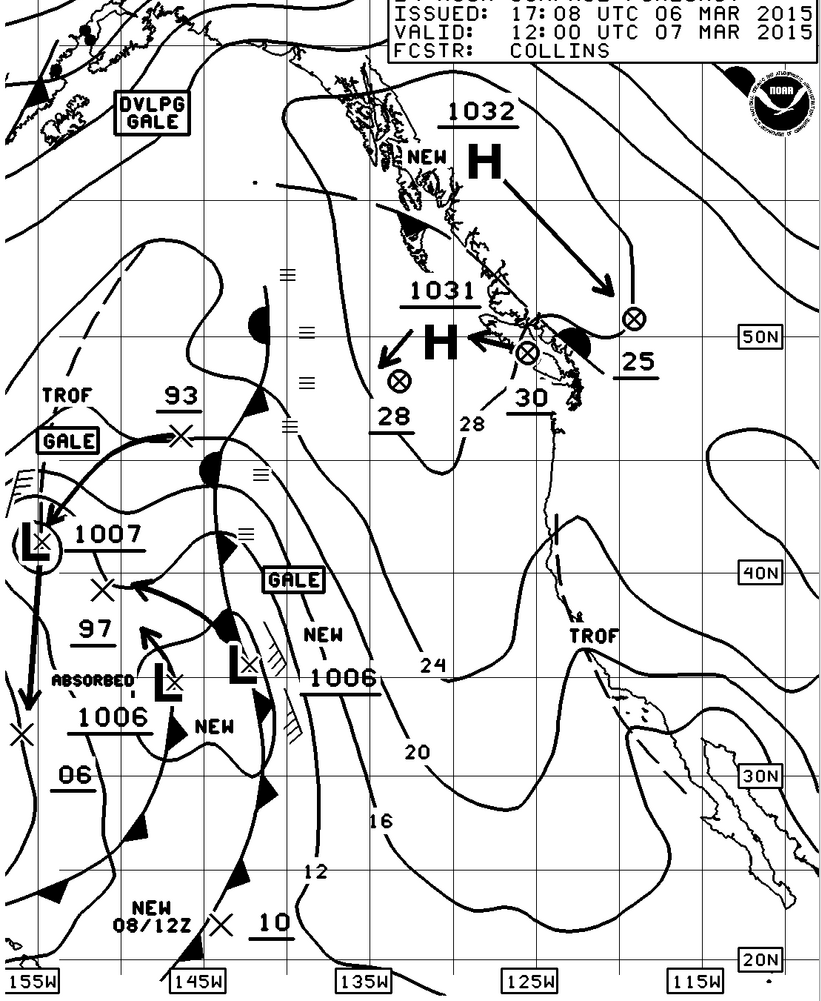

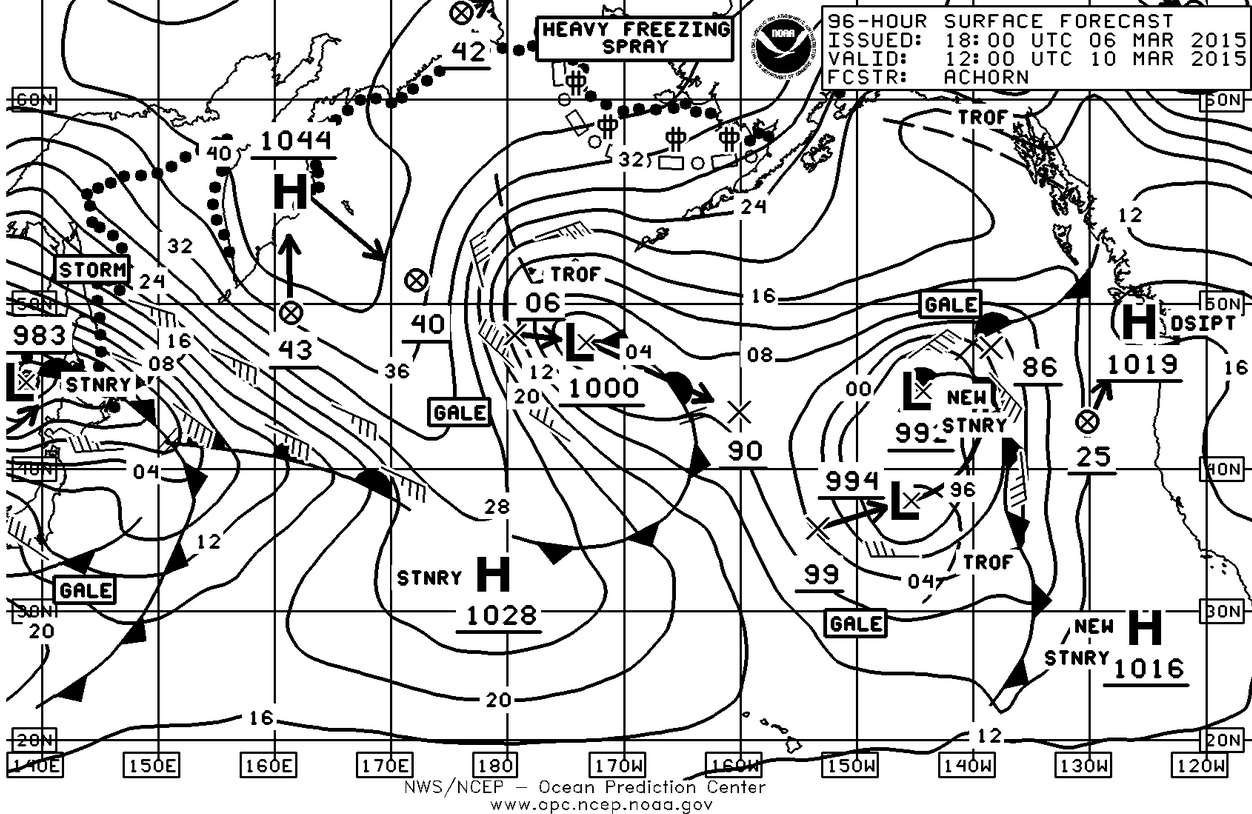
If you do go down the Bainbridge shore, remember how far out the rock pile extends to the southeast from Wing Point at Eagle Harbor. As you approach Blakely Rock, remember the rocks to the north and the spit on the west side. It’s the first race of the year and inevitably people tend to find these. Considering how busy Skip and Jan Anderson from Jan’s Marine Photography have been this year pulling boats off of beaches and rescuing people from capsized boats, nothing would surprise me. If you see them out there, just say a quick thank you because they have been lifesavers.
For the beat back from Blakely Rock to the finish it will be the standard route which will have you hold port tack all the way to Magnolia Bluff and you’ll probably get to the Bluff near Four Mile Rock. This is another place where you should really watch your depth very carefully. The rule of thumb here is don’t go inside a line from the West Point Lighthouse to Four Mile Rock. Go in as close as you dare and then hitch to starboard. Your main trimmer will be working very hard all the way up to West Point because of the puffs that coming rolling off the bluff. You’ll also want to be watching cog and sog and if you fall off the wheel (get headed on starboard and run into anti-water) take a hitch back towards the beach. Max flood will be about 1500 hours so once you clear West Point hold starboard tack until you can tack back to port and come in along the north beach at West Point about 100 yards off the beach. You’ll still be fighting the flood however there is slightly less current just that far off the beach. Going into the beach watch the wind velocity because it can get light in there as well. You’ll also want to make sure you are sailing in clear air as the lanes going up to the finish can be a bit congested. While we would all like to get into the Shilshole Breakwater to get out of the tide and pick up that starboard tack lift coming off the breakwater, you need to be very sure about where the finish line is so you don’t overstand.
Good luck, have a great race!
